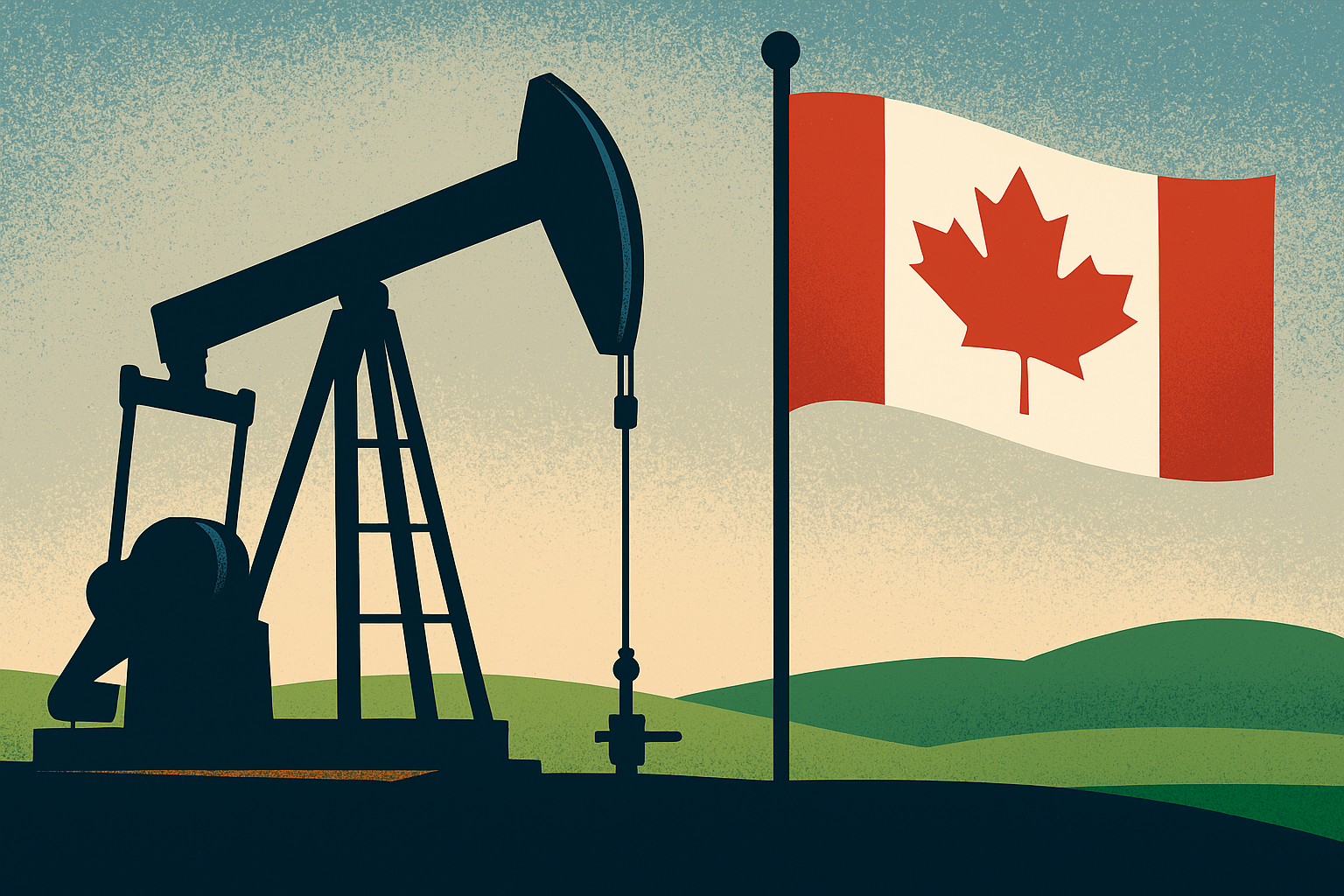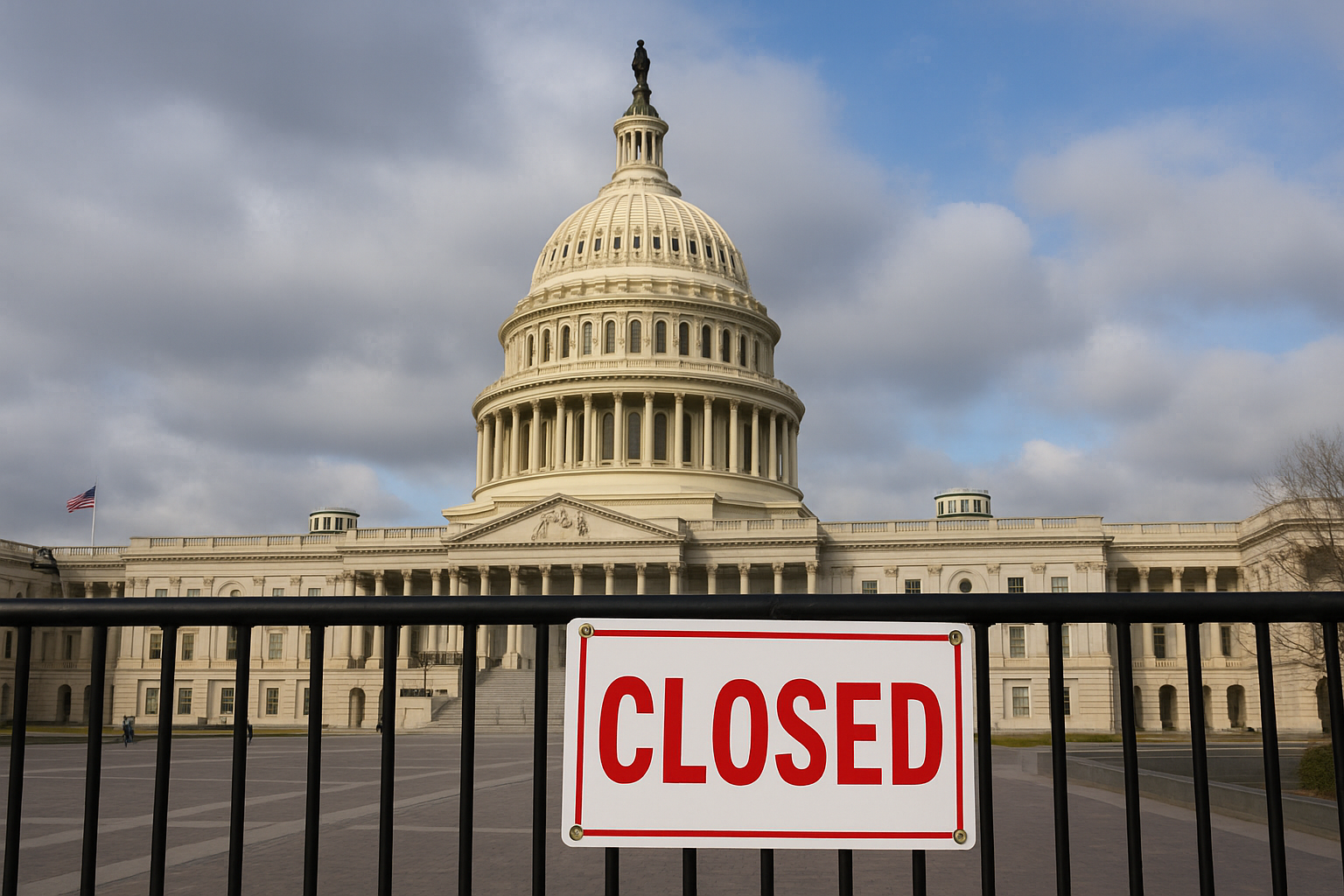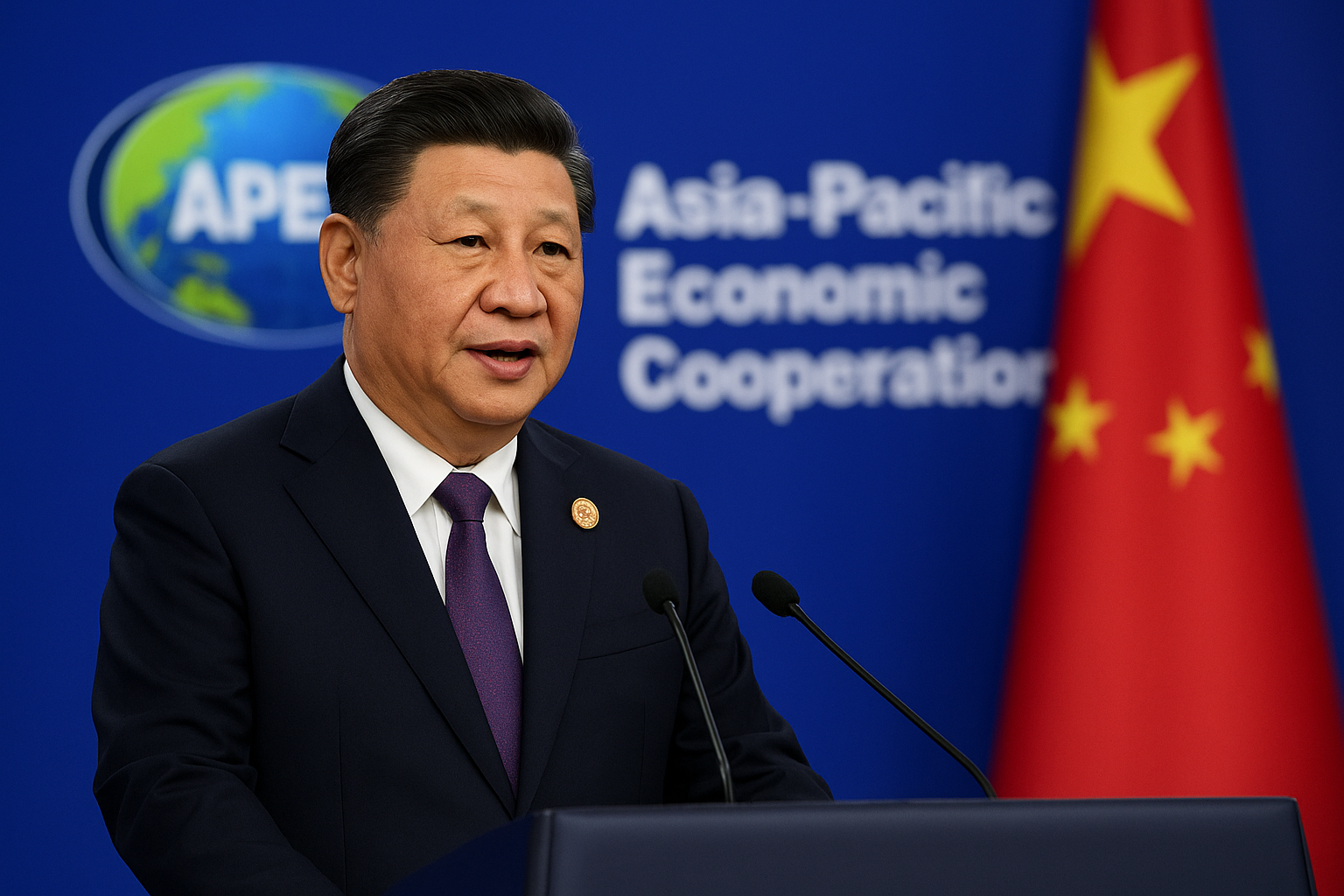Global energy markets are shifting once again—and this time, the pivot comes from Ottawa. Prime Minister Mark Carney’s government is reportedly weighing a fundamental change in climate policy: abandoning a hard cap on oil and gas emissions in favor of a more flexible, outcome-based “climate competitiveness strategy.” For investors, this move could reshape the outlook for Canada’s energy sector, with implications that stretch from Alberta’s oil sands to global ESG funds.
Why This Policy Shift Matters Now
Canada’s oil and gas industry accounts for roughly 28% of the nation’s greenhouse gas emissions, according to Environment and Climate Change Canada. Under the previous Liberal government’s framework, the sector was expected to cut emissions by 37% from 2022 levels by 2030. The proposed cap was one of the strictest climate regulations among G7 countries, drawing praise from environmental groups but sharp criticism from industry players and energy-producing provinces like Alberta.
Carney’s government now appears ready to recalibrate. Instead of a rigid emissions cap, the new approach—still under discussion—would introduce performance-based incentives, outcome-oriented benchmarks, and flexible compliance targets. According to Reuters, insiders suggest the goal is to keep Canada competitive as global demand for oil remains resilient, while also addressing growing provincial resistance to federal climate policy.
For investors, the potential rollback signals both opportunity and risk: lower compliance costs and regulatory clarity could boost profitability in traditional energy, but international scrutiny and ESG backlash may alter Canada’s attractiveness in global capital markets.
Industry Reaction and Market Implications
Energy producers and provincial governments have long argued that a cap would stifle competitiveness and deter capital investment. Alberta Premier Danielle Smith, for example, has repeatedly warned that a “hard cap” could effectively become a “production cap,” undermining the province’s economic engine.
If the federal government follows through with a more flexible plan, oil majors like Suncor Energy (TSE: SU) and Canadian Natural Resources (TSE: CNQ) could see reduced regulatory drag, improving their long-term cash flow outlook. Analysts at BMO Capital Markets note that every 5–10% cut in compliance costs could translate into billions in preserved capital for reinvestment, dividends, or share buybacks.
At the same time, the shift risks alienating ESG-focused institutional investors. Canada has been a popular allocation in global ESG funds due to its climate commitments. A softer stance could see funds reallocate capital toward European or U.S. alternatives with stricter emission trajectories. The International Energy Agency (IEA) has also cautioned that without strong caps, Canada may fall behind in the race toward net-zero competitiveness.
Future Trends to Watch
- Investor Sentiment in ESG Markets: Will major global pension funds and ESG-mandated investors maintain exposure to Canadian energy stocks if the cap is abandoned?
- Provincial-Federal Dynamics: Alberta and Saskatchewan may gain political leverage in shaping the new framework, potentially leading to a more industry-friendly regulatory environment.
- Carbon Pricing Evolution: Canada already has one of the highest carbon pricing systems globally. Expect adjustments to how carbon credits, offsets, and industry exemptions are structured.
- International Trade Relations: Canada’s climate credibility is an important factor in negotiations with the U.S. and EU. Any perceived backsliding could trigger trade or regulatory pushback, especially under the EU’s Carbon Border Adjustment Mechanism (CBAM).
Key Investment Insight
Investors should view this as a short-term win for Canadian oil and gas producers, with reduced compliance uncertainty and potential upside for cash-rich energy stocks. However, the medium- to long-term risk lies in reputational exposure: a softer climate stance may deter ESG funds, limit access to green financing, and complicate Canada’s role in global supply chains for low-carbon energy.
For portfolio positioning, this means:
- Energy exposure: Favor Canadian producers with strong cost control and high dividend yields, which stand to benefit most from lower regulatory burdens.
- ESG portfolios: Prepare for potential volatility in Canadian allocations as climate credibility becomes a focal point for fund managers.
- Diversification: Balance exposure between traditional energy and Canadian firms advancing carbon capture, hydrogen, or modular nuclear projects, which could gain government incentives under the new framework.
Stay Ahead with MoneyNews.Today
As Canada recalibrates its climate policy, investors should brace for a new era of energy politics that balances economic competitiveness with climate commitments. The debate over the emissions cap is far from over—but its outcome will shape valuations, capital flows, and investor sentiment for years to come.
For timely updates and daily insights on market-moving political shifts, stay with MoneyNews.Today—your trusted source for global investor news.





